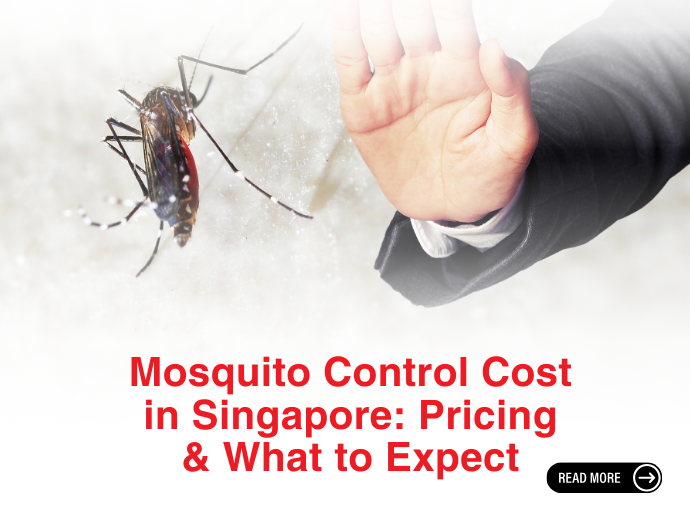Singapore’s ongoing battle against Dengue Fever peaked in 2020 with a record-high number of 35,300 cases and 28 deaths. Three-quarters into 2022, we have reached nearly 26,000 cases. Although the Aedes Mosquito is the obvious one to watch out for, you want to be aware of these other two as well - the Anopheles mosquito and the Culex mosquito.
#1 AEDES MOSQUITO: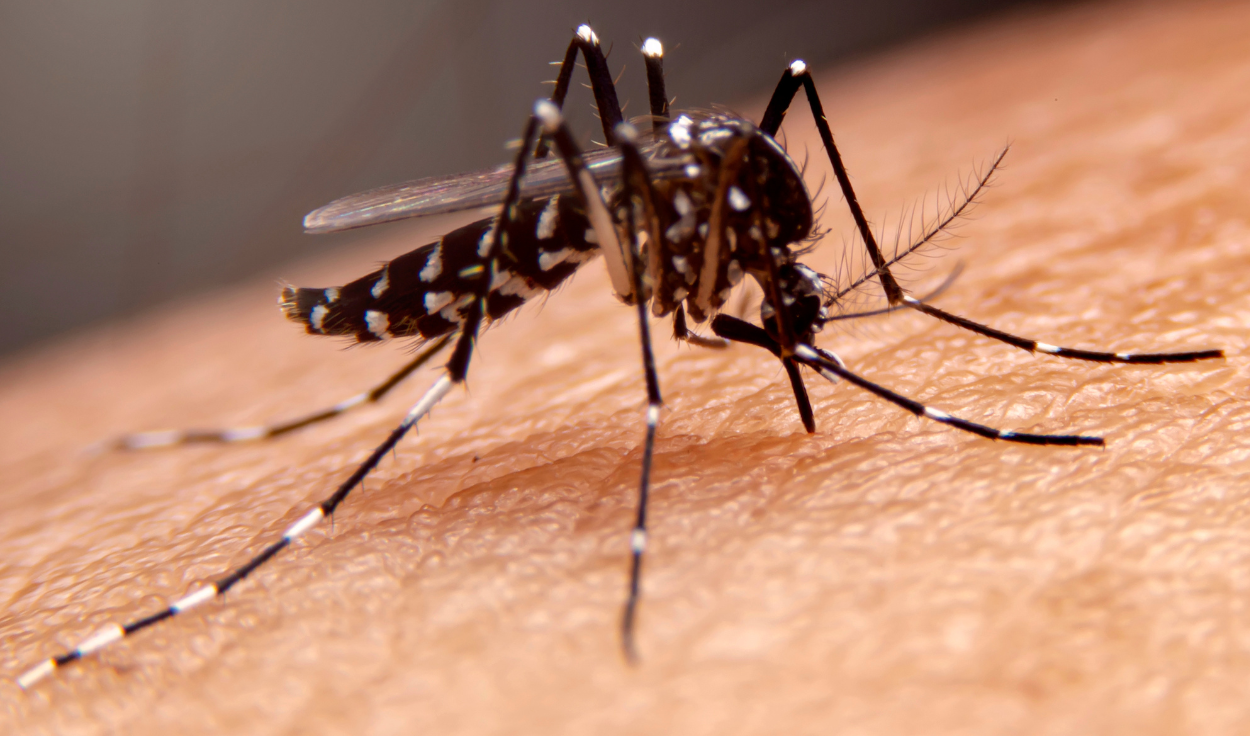
|
Appearance
|
The dark brown or black color with white stripes on the body and legs, and a distinct silvery stripe on the thorax
|
|
Reproduction
|
3 days after a female mosquito bites a person and takes in blood, it will lay about 100 eggs; the cycle repeats another 2 times within its lifespan
|
|
Breeding
|
Indoors: cool, dark places or receptacles (pails, flower pots, vases, etc)
Outdoors: among debris and clutter where water can pool (eg. canvas sheets, discarded containers), and tree holes
|
|
Survival
|
Eggs can survive up to 9 months without water; when suitable conditions are present, they hatch within 1 day
|
|
Diseases
|
Dengue fever, Chikungunya, West Nile fever, Zika
|
|
Transmission
|
Usually bites during the day
|
|
SPECIAL NOTES
|
The Aedes mosquito is a strong flyer and lays eggs in several sites that can be quite far apart
|
#2 CULEX MOSQUITO: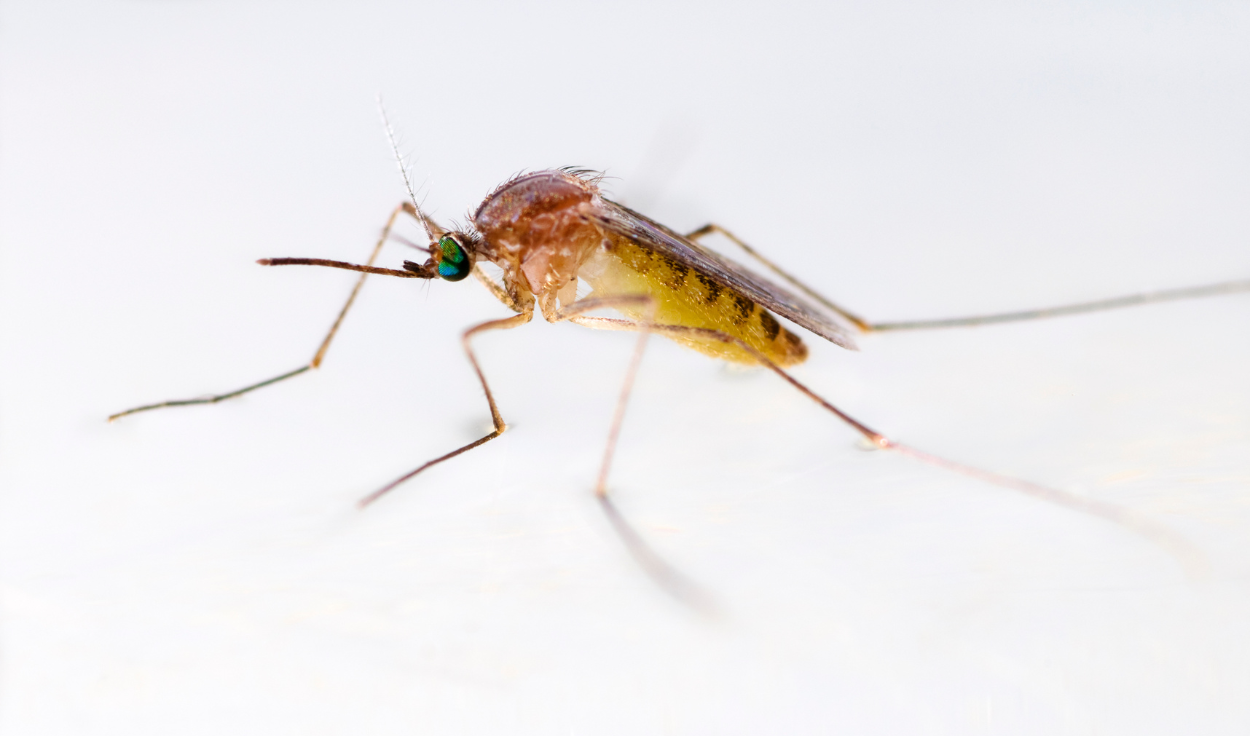
|
Appearance
|
Greyish brown to dark brown color
|
|
Reproduction
|
Lays eggs every 3rd night during its lifespan and sticks eggs together to form a raft of 100-300 eggs.
|
|
Breeding
|
Depends on the species - prefer to breed in clear water, or in dirty, stagnant water
|
|
Survival
|
Eggs are susceptible to drying out over extended periods of drought
|
|
Diseases
|
Japanese encephalitis, Lymphatic Filariasis (elephantiasis), West Nile Virus
|
|
Transmission
|
Usually bites during the night or in the shade during the day
|
|
SPECIAL NOTES
|
Prefer to bite birds; they bite humans only when other animals are not nearby
|
#3 ANOPHELES MOSQUITO: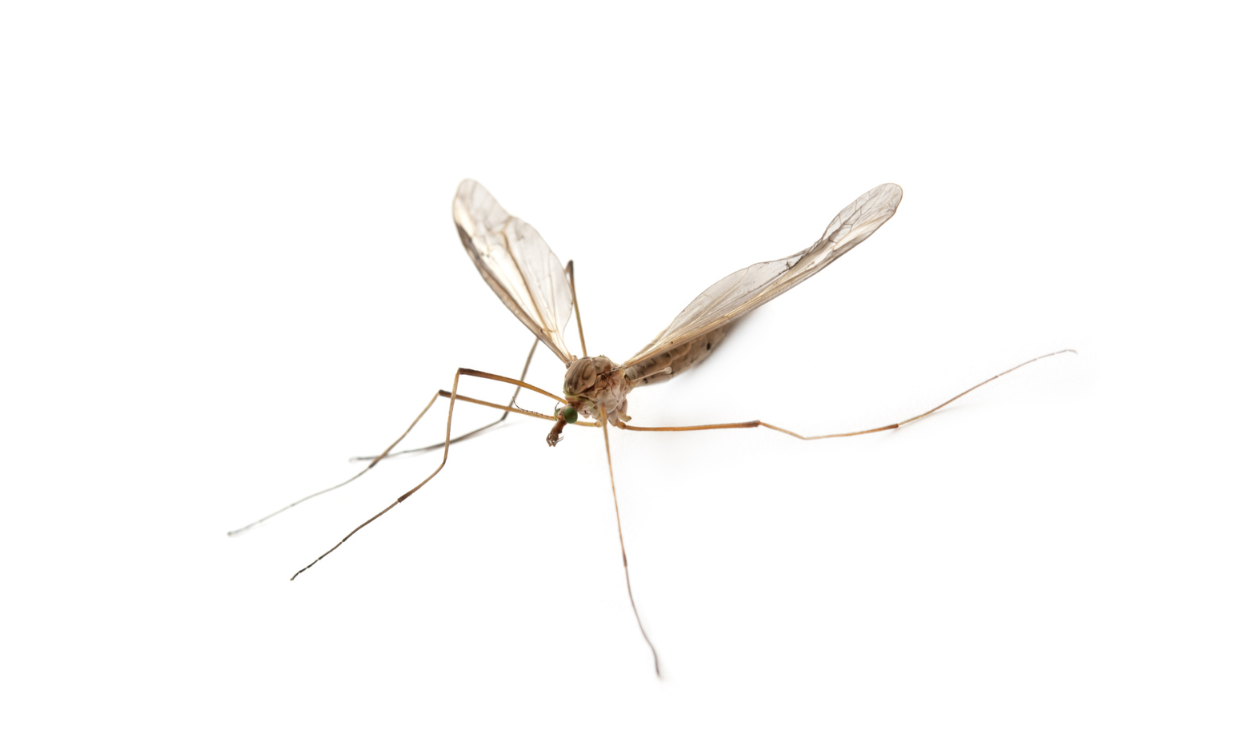
|
Appearance
|
Differs across species but the common ones are brown in color, wings, and legs are spotted and covered with pale and dark scales
|
|
Reproduction
|
Lays 50-200 eggs at a time directly on the water
|
|
Breeding
|
Prefers brackish water (salt levels between freshwater and seawater) and areas where there is water leakage
|
|
Survival
|
Eggs are susceptible to drying out over extended periods of drought
|
|
Diseases
|
Malaria
|
|
Transmission
|
Usually bites during the night
|
|
SPECIAL NOTES
|
The only mosquito that transmits Malaria to humans and is usually found within 2km of their breeding sites.
|
HOW TO KEEP MOSQUITOES AWAY:
1. Mosquito Repellents
In the midst of Singapore's tropical climate, it's always wise to have a reliable mosquito repellent on hand. From lotions and creams to sprays, coils, incense sticks, vaporizers, electric repellers, bracelets, bands, stickers, and wipes, the options are vast!
In our opinion, the repellent sprays are the most effective because they cover a larger surface area.
2. Barriers to Entry
For indoor spaces, setting up barriers to entry are the most effective way to keep mosquitoes out. From window mesh and screens for homes to nets for beds, strollers, car seats, and even hats, there is quite a variety as well.
WHAT WOULD THE ORIGIN DO
Since forever, especially in Singapore, dengue has been a part of our life. As part of the regular preventive measures, using mosquito repellents in Singapore that monitor the situation continuously and in real-time will help us deal with this issue.
This is where the ORIGIN 3+1 Mosquito Management Program fits right in. Our holistic solution is driven by data analytics and our expertise to provide you with a strategic action plan that actually works:
- Ultra-Low Volume (ULV) misting releases Bti and adulticide in optimally tiny droplets that kill larvae and adult mosquitoes and leaves a residual effect
- Lures Aedes female mosquitoes to lay eggs in the water
- Kills larvae when they develop into pupae, which get eaten by the larvae
- The biological fungus has a slow-kill effect on female mosquitoes
- Larvicide contaminates female mosquitoes; they carry the larvicide to the surrounding breeding sites
- Data analytics to identify hot spots and potential breeding sites for a more effective treatment plan
Find out how this can work for you!
sales@origin.com.sg | 62805666 | Whatsapp 97700134

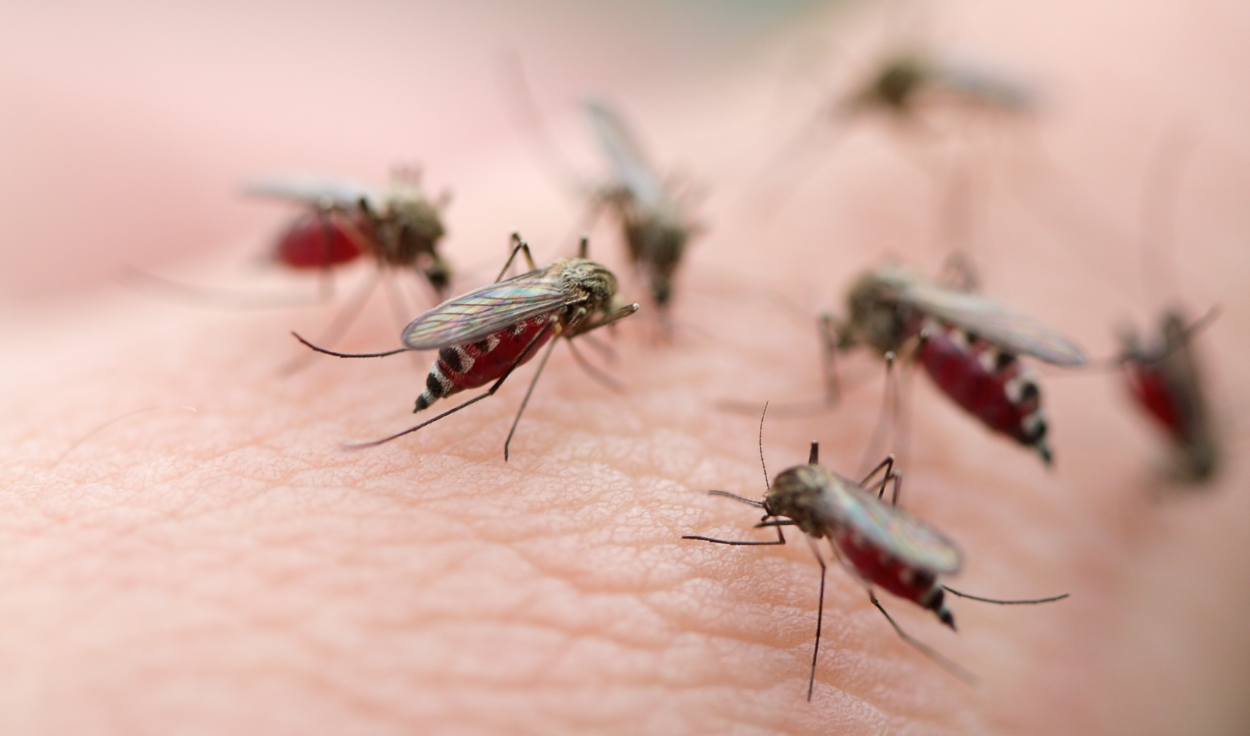




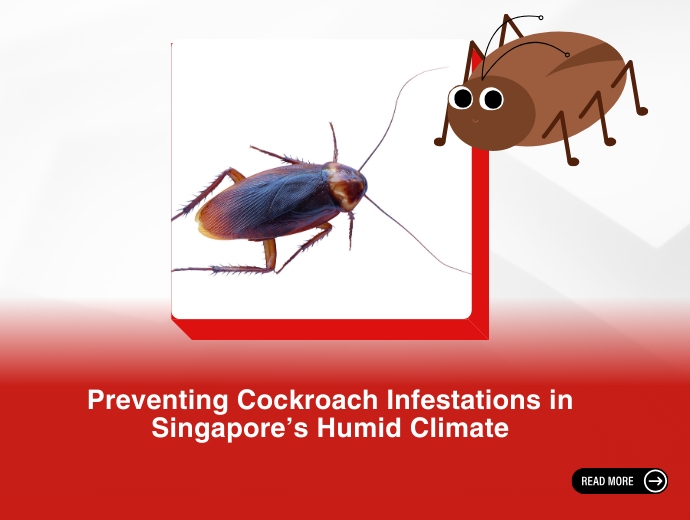
.png)
